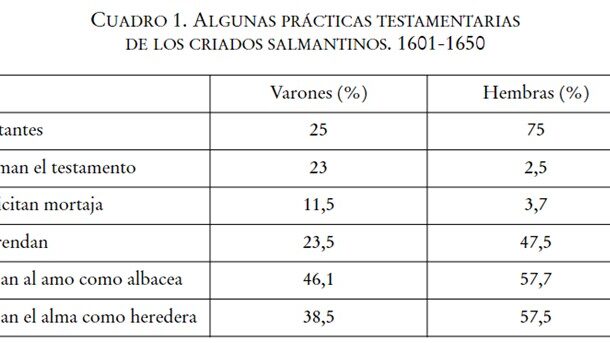
According to the authors of the resource, “the inheritance systems sought the joint stability of men and women, mixing collective solidarity and particularised benefits” in search of succession strategies. In contrast to the traditional simplification of inheritance transmission models, the authors show us the more complex reality of the systems in their distribution throughout the national geography. The systems of sole heirs are subdivided according to the testator’s intention to promote a male or without defined priority. Within the former, Catalonia and the north of Aragon stand out, while in the latter, the areas of Navarre and Vizcaya stand out. For the Castilian egalitarian system, two variants have also been identified according to family motivations: favouring one heir with the third of improvement and the fifth of free disposition, leaving 2/3 of the inheritance for the rest destined to the offspring, or relatives in the absence of the former. This ensured the predominance of one heir over the others, but safeguarded a part for the overall distribution. Guipúzcoa, Asturias, the mountains of Santander and the province of Lugo (the latter already in the 18th century) reproduced this system. In the rest of the Crown of Castile, equal distribution between men and women, elders and minors predominated, except in cases where, out of affection or help in the testator’s old age, the testator tended to improve the inheritance of the person who assisted him. However, in order to avoid excessive patrimonial atomisation, wills could establish a patronage, chaplaincy or entailed estate in order to fix the endowed assets and provide the successors with constant assets that could not be alienated; another formula was to use part of the patrimony as a matrimonial dowry to ensure the social and biological reproduction of the family.
Collection: Statistics
Project: 3. Rural world and urban world in the formation of the European identity., 4. Family, daily life and social inequality in Europe.
Chronology: XVI, XVII, XVIII
Scope: Secondary Education, Baccalaureate, University
Link: https://revistas.usal.es/index.php/Studia_Historica/article/view/9108/9346
Resource type: Statistics
Format: Table
Source: Bartolomé Bartolomé, J. M. y García Fernández, M. (2011). "Patrimonios urbanos, patrimonios burgueses. Herencias tangibles y transmisiones inmateriales en la Castilla interior", en Studia Historica, vol. 33, p. 31.
Language: Spanish
Date: 2011
Owner: Pablo Ballesta Fernández (Modernalia)
Copyright: ©Studia Historica ©Juan Manuel Bartolomé Bartolomé ©Máximo García Fernández
Abstract: Resource showing the geographical distribution of inheritance systems according to their degree of equal distribution or accumulation in a single heir
Tags






